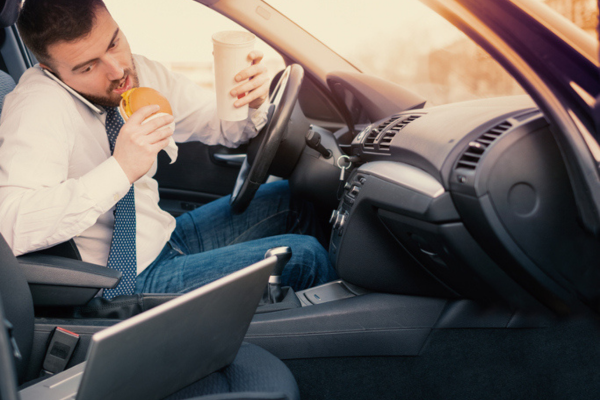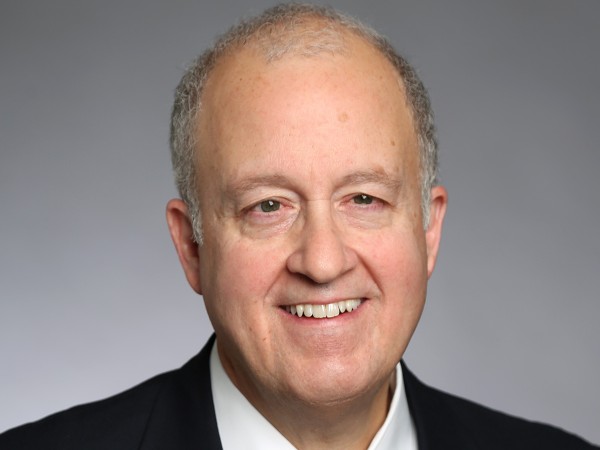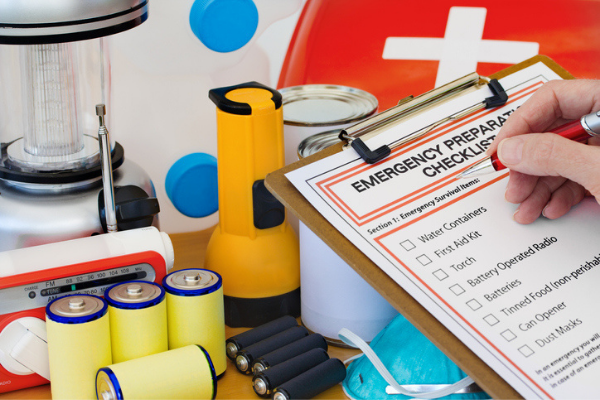By: Ken Fivizzani, Safety Expert

As the dominance of working at home begins to decrease, it is worth reviewing the biggest risk that many of us take every day, driving in our cars. According to the National Safety Council[1] (NSC), more than 2,800 people in the U.S. died in distraction-related crashes in 2018 alone – at least seven people every day. That same year 276,000 people were injured in distraction-related crashes.
Keep your eyes focused on your driving. Do not dwell on the accident or police car on the opposite side of the highway. Take note if traffic is slowing down. Do not look at your passenger while talking. Do not fiddle with your radio or other electronic devices. Use both hands on the steering wheel except when required driving actions must be done by hand (turn signals, turning headlights or wipers on or off). Pay attention to safety-related alarms or blinking lights. I find blind spot warning (BSW), lane departure warning (LDW), and rear cross traffic warning (RCTW) features to be invaluable to my driving safely.
With respect to car features, do not attempt to employ an unfamiliar feature while you are driving. Dashboards now have multiple configurations, available at the touch of the correct button. The noise from accidentally opening a window or a sunroof can startle a driver. At the risk of sounding contradictory to my own advice, my wife and I have learned about new features by the passenger reading step-by-step directions from the owner’s manual (you do have the owner’s manual, don’t you?) while the driver slowly goes through each step. We only do this on longer trips during daylight hours on good roads when there are no or only a couple of cars in sight. I am usually the passenger, and I keep watching the road as well.
Most states now prohibit or restrict use of handheld phones while driving. Newer cars often will not let you enter a phone number while the car is moving. Most safety professionals recommend that we minimize talking on the phone while driving. Even with hands-free calling, we get distracted by the conversation and increase our risk of an accident. The NSC says “It is impossible to multitask and give equal attention to each task.” The challenge of convincing people not to use a phone while driving is reminiscent of getting people to wear seat belts.
With respect to all these and other distractions, my major recommendation is to minimize or eliminate distractions the faster you are going, while experiencing bad weather, and as the number of other cars around you increases. When driving 60 mph on an urban expressway, your driving demands all your attention.
Does your family have more than one car? If so, there is a clandestine hazard. Which car are you driving? If you are not paying attention and look for your BSW on your outer rear-view mirror, you have a dangerous sense of security if you are driving the car that does not have BSW. Always look out the appropriate window before changing lanes or backing up. If you have not been driving very much during the pandemic, you may have to focus on the specific operational details for the car you are driving.
[1] Understanding Driver Distraction, National Safety Council, 2020, nsc.org/justdrive.
This article has been edited for length and clarity. The opinions expressed in this article are the author's own and do not necessarily reflect the view of their employer or the American Chemical Society.
Copyright 2022 American Chemical Society (All Rights Reserved)





